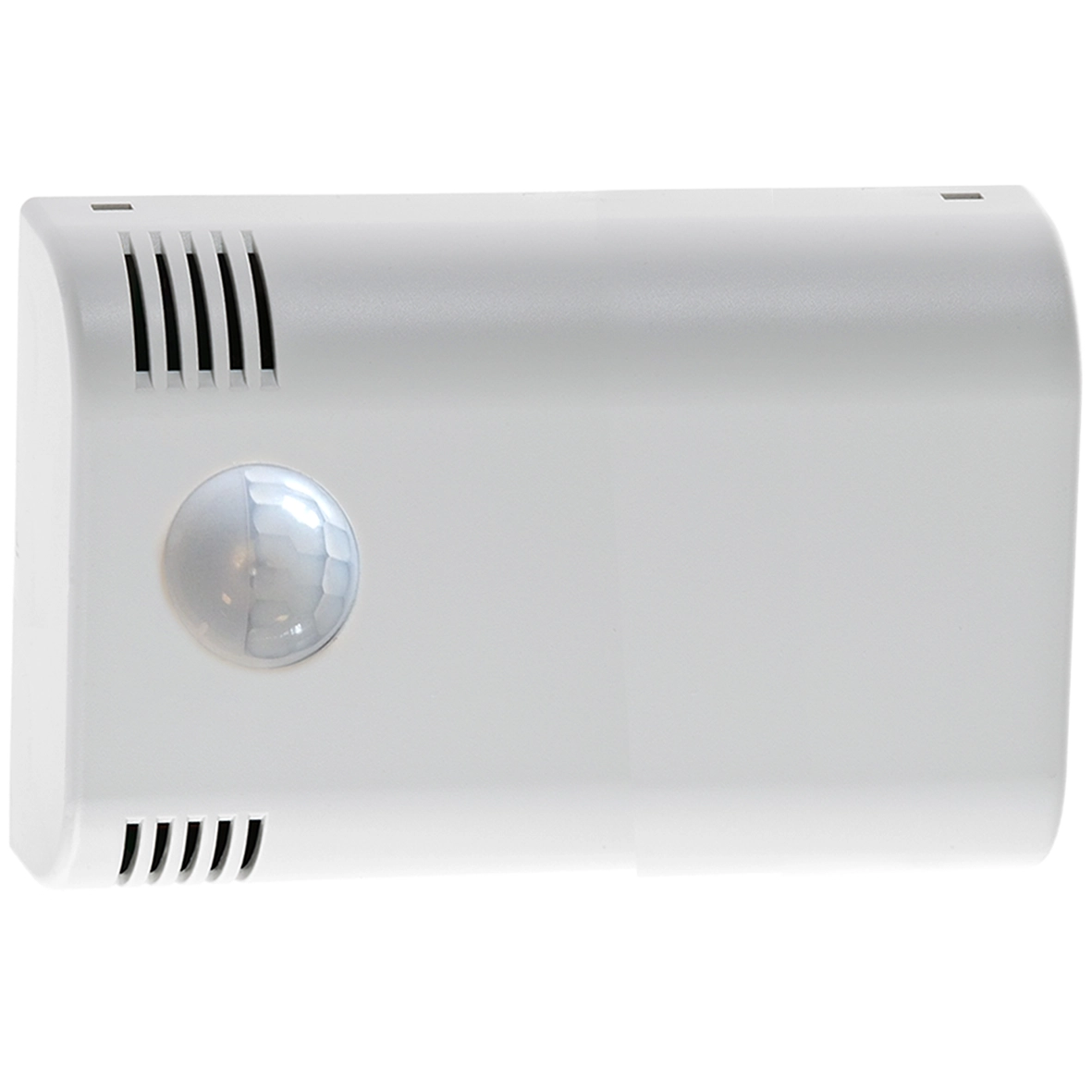
Why measure VOC levels?
Protect health. VOCs can negatively affect health, especially with long-term exposure. They can cause irritation in the eyes and airways, headaches, fatigue, and in some cases long-term effects such as allergies or impacts on the nervous system. By measuring VOCs, one can identify and reduce health risks.
Improvement of air quality. VOC measurement is part of monitoring and improving indoor air quality, which is important for people to feel comfortable and healthy. Poor air quality affects comfort and can lead to symptoms like "sick building syndrome," where people in the building feel unwell due to the content of the air.
Risk reduction for sensitive individuals. Individuals with allergies, asthma, or sensitivity to chemicals may experience VOC-related issues more quickly than others. By monitoring and reducing VOC levels, the risk of negative health effects for these groups is minimized.
Detection of potential sources of pollution. High VOC levels may indicate that certain materials, furniture, or products emit too much VOC. Through measurement, these sources can be identified, and alternative materials or products can be chosen, or ventilation can be improved to reduce VOC levels.
Compliance with environmental and health regulations. Certain buildings and workplaces are legally required to monitor air quality and ensure that VOC levels remain within safe limits. Regular VOC measurement can help comply with these requirements and avoid potential legal or occupational health-related issues.
Enkey's solution for measuring VOC
Enkey's sensors connect wirelessly to Enkey Building Insight®, allowing real-time readings of presence, temperature, relative humidity, air pressure, CO2, and VOC. Presence reports are automatically generated based on a set schedule. This is cost-effective and facilitates analysis and optimization, as measurement data is collected and visualized automatically.